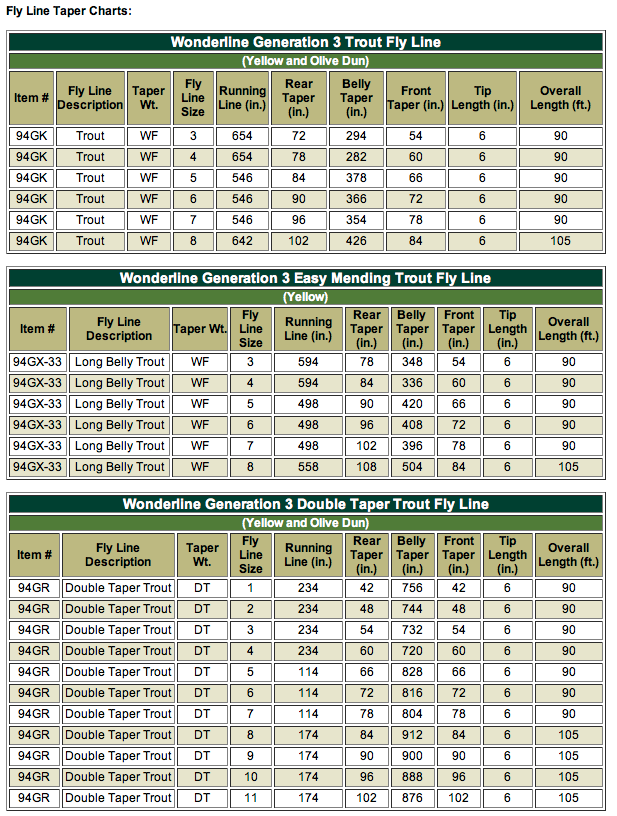PKelly
Member
- Messages
- 12
- Reaction score
- 0
Any thoughts on this are appreciated...
I have not been flyfishing for many years, but when I started I was told that a fly rod is able to cast a line that is one wt. up or down from the rod wt. Hence, a 5wt could cast a 4-5wt line. However, after an experience this morning, I am starting to doubt this advice.
Normally I fish in moderately swift, skinny rivers with trees on either side so the cast is not going too far beyond about 25 feet. In addition, I usually have the line and rod match. This morning I fished a small still pond, so I took my 4wt Scott A2 along with spools of WF-3F and WF-4F. Starting with the 3, I had all kinds of trouble shooting line--it seemed like I could only get it so far before it ran out of steam and piled up on itself. Later on, I switched to the 4, and all of my problems went away. I was able to shoot line almost any distance and my accuracy seemed to return. So the hopefully not-stupid question is, must the line and rod always match, and if not, is the technique for casting a lighter line more fine?
Thanks again,
I have not been flyfishing for many years, but when I started I was told that a fly rod is able to cast a line that is one wt. up or down from the rod wt. Hence, a 5wt could cast a 4-5wt line. However, after an experience this morning, I am starting to doubt this advice.
Normally I fish in moderately swift, skinny rivers with trees on either side so the cast is not going too far beyond about 25 feet. In addition, I usually have the line and rod match. This morning I fished a small still pond, so I took my 4wt Scott A2 along with spools of WF-3F and WF-4F. Starting with the 3, I had all kinds of trouble shooting line--it seemed like I could only get it so far before it ran out of steam and piled up on itself. Later on, I switched to the 4, and all of my problems went away. I was able to shoot line almost any distance and my accuracy seemed to return. So the hopefully not-stupid question is, must the line and rod always match, and if not, is the technique for casting a lighter line more fine?
Thanks again,


